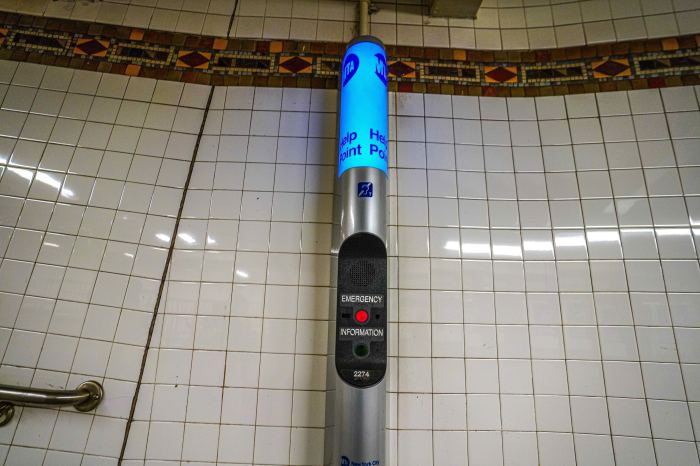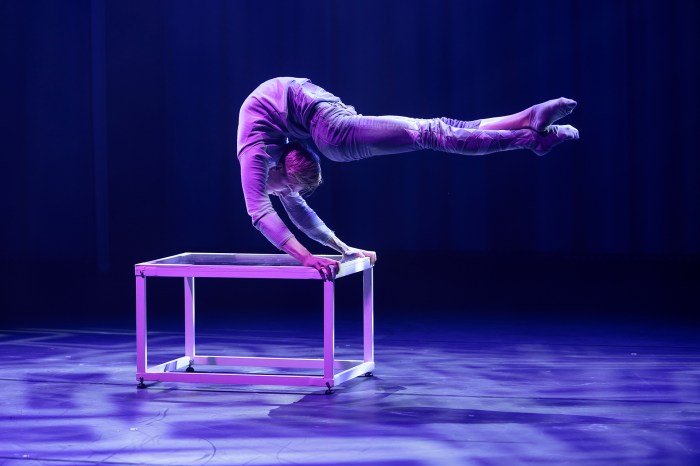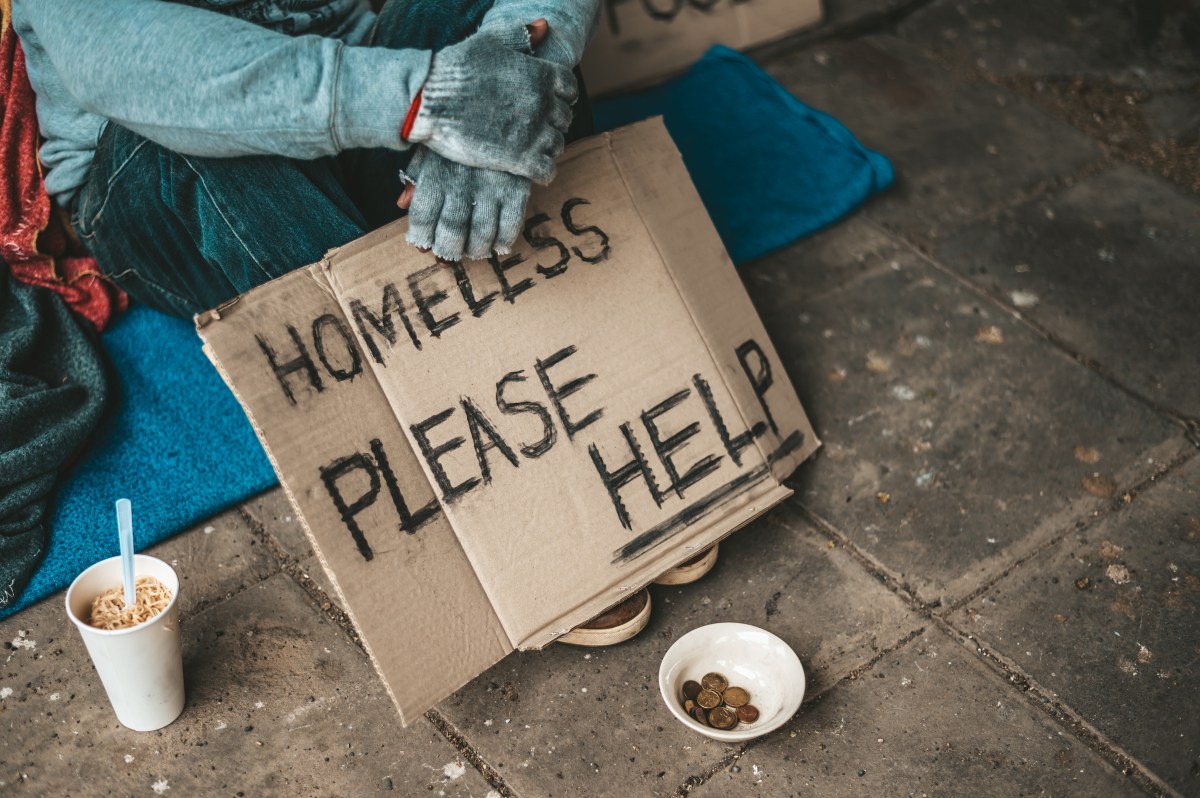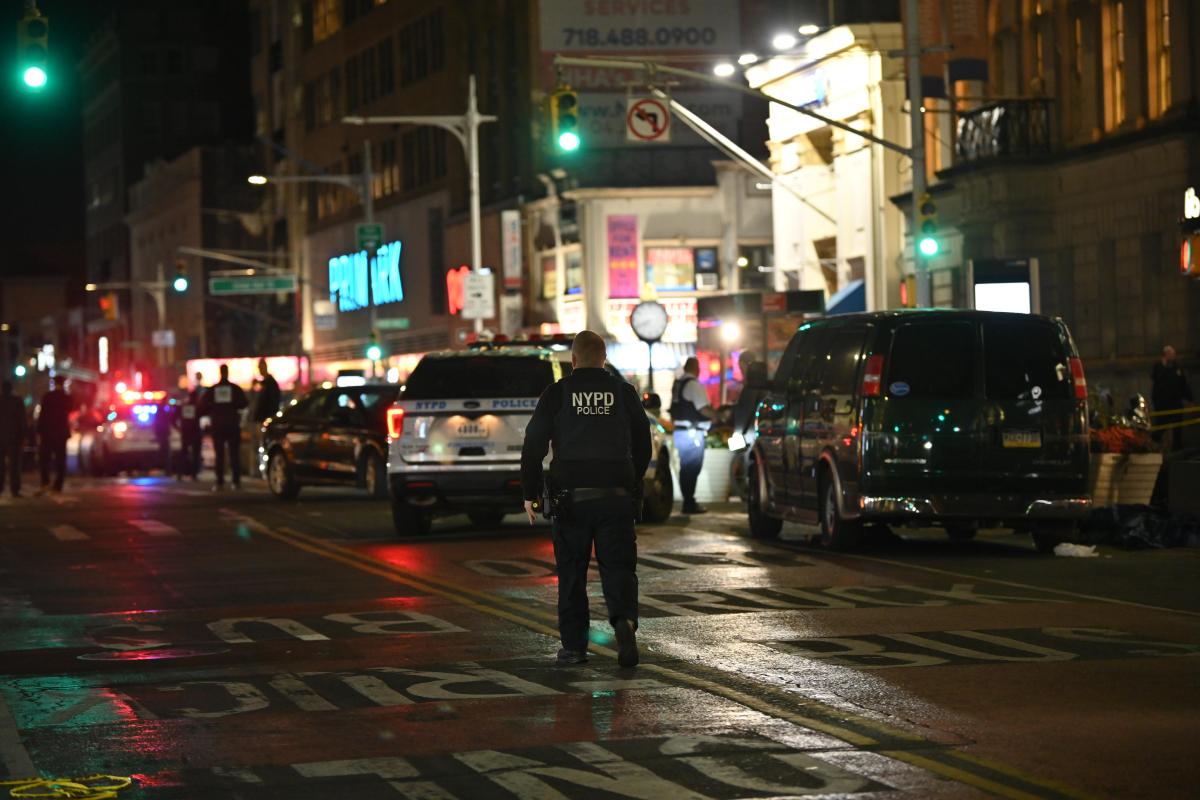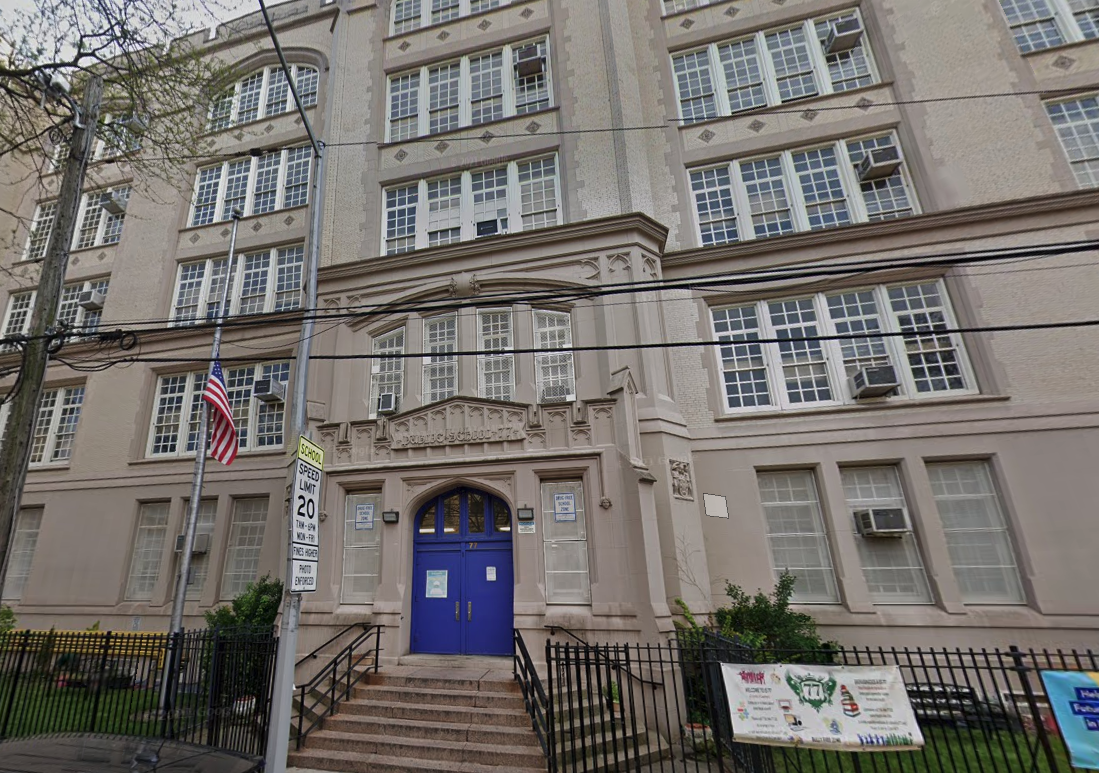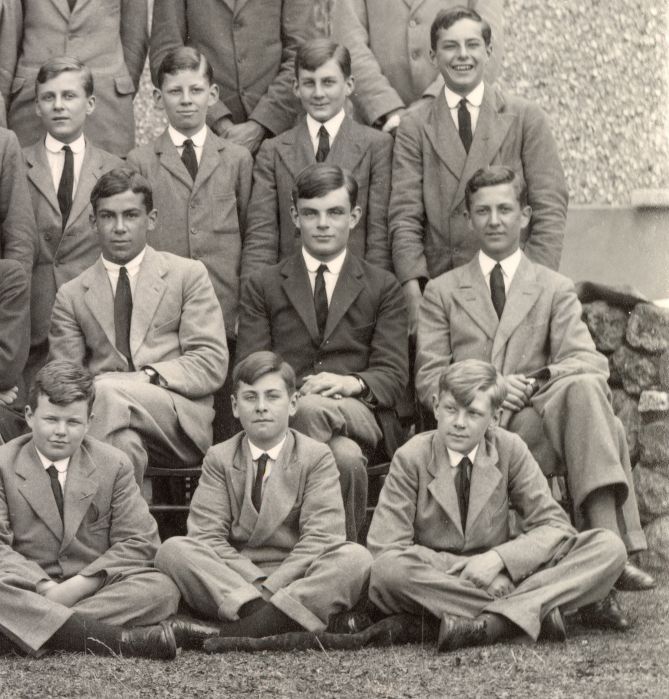Among the throngs of riders who handle subway nuisances in silence, there are those who act on their own to fix transit transgressions.
Over the years, riders have seen plenty of phony MTA signs and advisories giving advice of variable usefulness. The latest have popped on L train platforms between the Third Avenue and Myrtle-Wyckoff stations identifying the best spot to transfer to the No. 4, 5 and 6 trains.
In 2010, posters reminding riders about good subway etiquette appeared in stations, while above ground an artist spray-painted compasses on the sidewalks in front of station entrances. Others, however, aimed to make a political statement. An Occupy Wall Street-affiliated group’s poster had directed riders to free rides through a service door chained open; another sign tried to give riders a fright, warning about a harmless gas the NYPD deploys to test the subway system for a chemical attack.
The guerrilla customer service campaign that appeared on the L line, first reported by WNYC, is from a group called the Efficient Passenger Project. They are planning to place more signs for smooth transfers to the N, Q, and R; A, C and E; F and M; and No. 1, 2 and 3 lines.
The MTA, however, is taking down the unauthorized signs over concerns that they could cause crowding in a part of a platform and uneven loading in train cars, according to spokesman Kevin Ortiz.
But an EPP spokesman, who wanted to remain anonymous, said in response that riders would know to avoid clusters.
“Commuters should be given more credit — they know whether it’s safe to board the train or if it’s too crowded,” said the spokesman in an email.
The EPP wanted to help people get around the “complex labyrinth” of a subway system in need of an upgrade in wayfinding information.
“It empowers individuals and creates public discourse — that’s how we get the best ideas to rise to the top,” the spokesman said of the rogue MTA signs. “If you see something that needs fixing, take it into your own hands.”
Joseph Romano, who started Subway Art Blog, which tracks unauthorized transit art, said the subway is an ideal platform for artists and designers.
“It’s really a good space to get people’s attention,” Romano said.
Randy Gregory, the designer behind 100 Improvements to the New York Subway, lauded the EPP’s idea.
“There’ve been other people who have put up funny things in the subway system in the past,” Gregory said. “While that makes our ride a little bit fun, this project actually does something positive, it does something useful for the system.”
The EPP spokesman hinted that the next project would improve navigation of subway stations.
Artist Jason Shelowitz, a 34-year-old Upper East Side resident who created the 2010 subway etiquette posters, agreed with that kind of initiative.
“For those of us who pay attention and those of us who are the type of people who want to improve our experiences, we do something about it,” he said. “I decided to do [subway etiquette posters] because, just like these people, I noticed there was an issue that wasn’t really being addressed.”
Shelowitz, however, said he will try to get a meeting with the MTA for his next project, which he would only describe as a “wayfinding signage system to help people when they exit the stations.”
He did, however, say he would do it on his own if the agency passes on his idea.



